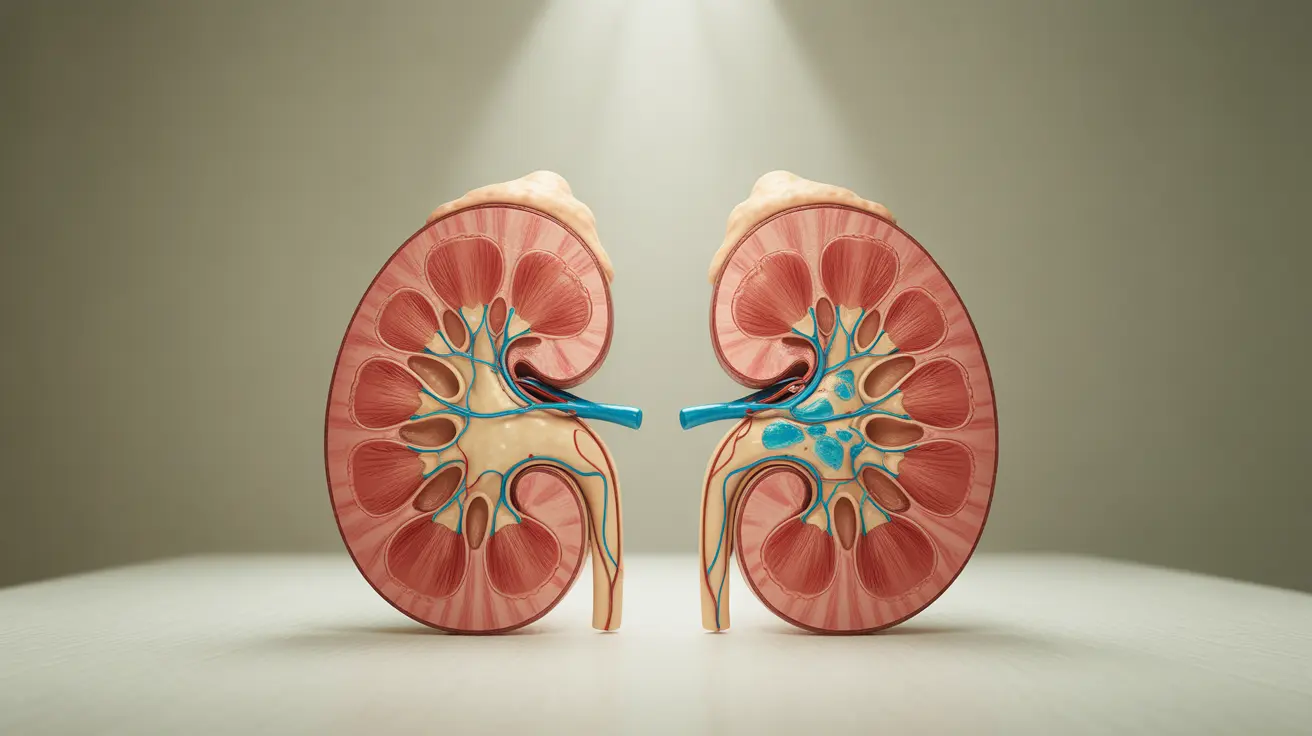A bright, white smile can significantly boost confidence and make a lasting impression. As teeth whitening continues to grow in popularity, understanding the various methods, their effectiveness, and how to maintain results has become increasingly important. This comprehensive guide will explore everything you need to know about professional and at-home teeth whitening options.
Understanding Different Teeth Whitening Methods
Teeth whitening methods can be broadly categorized into professional treatments and at-home solutions. Each approach offers unique benefits and considerations for achieving a brighter smile.
Professional In-Office Treatments
Professional teeth whitening performed by a dentist typically delivers the most dramatic results in the shortest time. These treatments use highly concentrated hydrogen peroxide or carbamide peroxide gels, often activated by special lighting. A single session can lighten teeth by several shades, with results visible immediately after treatment.
Take-Home Professional Kits
Dentist-prescribed take-home kits offer a middle ground between in-office treatments and over-the-counter products. These custom-fitted trays contain professional-grade whitening gel and provide more controlled application than store-bought alternatives.
Over-the-Counter Options
Commercial whitening products include strips, gels, toothpaste, and LED kits. While generally less potent than professional options, these products can be effective for maintaining results or addressing mild discoloration when used consistently.
Duration and Longevity of Whitening Results
The longevity of teeth whitening results varies significantly based on several factors, including the method used and personal habits. Professional treatments typically last between six months to two years, while at-home methods may require more frequent touch-ups.
Factors Affecting Whitening Duration
Several elements can impact how long your whitening results last:
- Dietary choices (coffee, tea, red wine consumption)
- Smoking habits
- Oral hygiene practices
- The initial whitening method used
- Natural aging process
Managing Side Effects and Safety
While teeth whitening is generally safe when performed correctly, some people may experience temporary side effects. Understanding these potential issues and how to minimize them is crucial for a comfortable whitening experience.
Common Side Effects
The most frequently reported side effects include:
- Temporary tooth sensitivity
- Gum irritation
- Uneven whitening results
- Increased sensitivity to hot and cold
Special Considerations for Dental Work
Understanding how teeth whitening interacts with existing dental work is crucial for achieving desired results. Different dental restorations respond differently to whitening treatments, and some may not respond at all.
Maintaining Your Whiter Smile
A comprehensive maintenance strategy helps preserve your whitening results and protect your dental health. This includes both dietary modifications and proper oral hygiene practices.
Frequently Asked Questions
What are the most effective methods for teeth whitening, and how do they differ? Professional in-office treatments offer the most dramatic results in the shortest time, using high-concentration whitening agents. Take-home professional kits provide customized treatment with moderate strength agents, while over-the-counter products offer convenient but generally milder whitening effects.
How long do teeth whitening results typically last, and what can affect their longevity? Results typically last 6 months to 2 years, depending on the method used. Factors affecting longevity include dietary habits, smoking, oral hygiene practices, and the type of whitening treatment chosen.
What are the common side effects of teeth whitening, and how can they be minimized? Common side effects include temporary tooth sensitivity and gum irritation. These can be minimized by following professional instructions, using desensitizing products, and taking breaks between treatments if needed.
Can teeth whitening work on dental veneers, crowns, or other tooth restorations? No, teeth whitening treatments do not affect the color of dental restorations. These materials maintain their original shade, which may require consideration when planning whitening treatment.
How do I maintain the results of teeth whitening, and what lifestyle changes can help prevent staining? Maintain results by practicing excellent oral hygiene, limiting staining beverages, using a straw when drinking dark liquids, avoiding tobacco products, and scheduling regular dental cleanings. Touch-up treatments may be needed periodically to maintain desired results.




